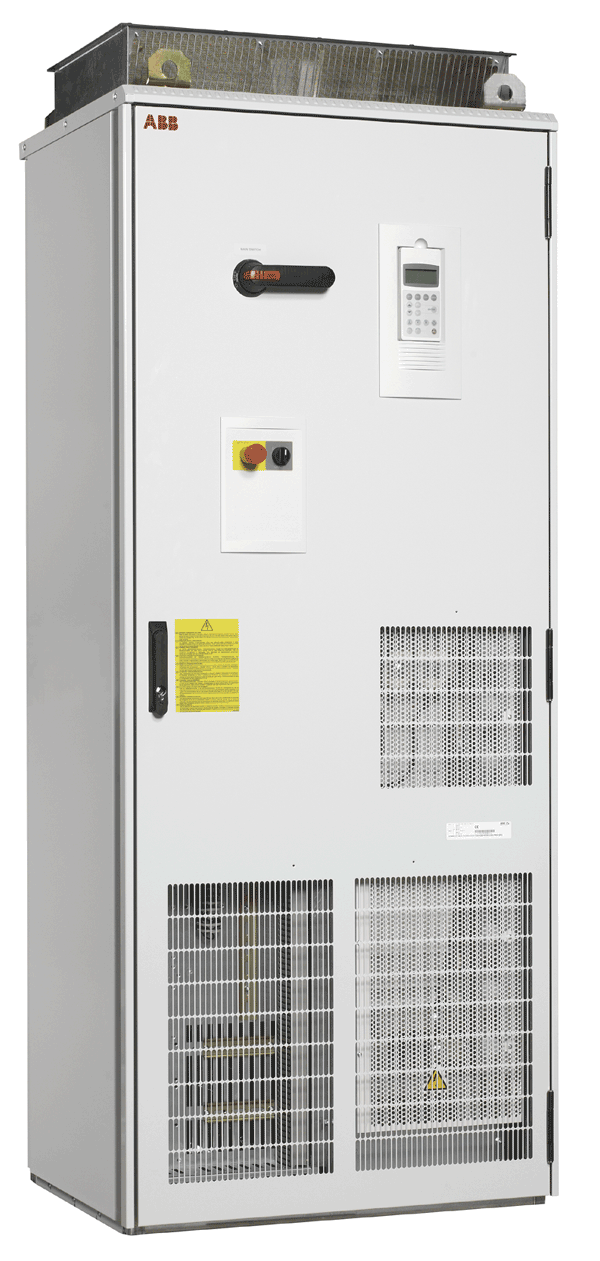What is a Variable Speed Drive?
 Variable speed drives are also known as variable frequency drives, VFD’s, adjustable speed drives, and inverters. Variable speed drives are solid state motor control systems used mainly for industrial manufacturing. Variable speed drives are designed to control the speed of an electric motor. Variable speed drives can reduce energy costs up to 50% by speed reduction on applications where the full speed (RPM) of the electric motor is not required.
Variable speed drives are also known as variable frequency drives, VFD’s, adjustable speed drives, and inverters. Variable speed drives are solid state motor control systems used mainly for industrial manufacturing. Variable speed drives are designed to control the speed of an electric motor. Variable speed drives can reduce energy costs up to 50% by speed reduction on applications where the full speed (RPM) of the electric motor is not required.
The energy saved on a utility bill from using a variable speed drive is often significant enough to pay for the variable speed drive within a couple of months from installation date. Variable speed drives are commonly used on pump, fan, and air compressor applications, and are often used in manufacturing facilities to increase or decrease the start up time on alternating current (AC) electric motors.
Increasing and/or decreasing the start up time on an AC current electric motor via a variable speed drive can add years to the motor’s overall lifespan. Using a variable speed drive can also improve efficiency on production demands. Variable speed drives provide the ability to control the frequency of starting and stopping an AC electric motor.This ability provides a means by which an AC electric motor is only operating when needed. AC electric motors have a longer lifespan if they are not continuously operating when they do not need to be.
Types of Variable Speed Drives
 The most common type of variable speed drive is known as a V/Hz (volts per hertz), and are applied to applications such as fans, pumps, air compressors, and other related applications wherehigh starting torque is not required. V/Hz variable speed drive applications typically do not require full torque when the AC motor is operating at less than the base speed (RPM) of the electric motor. V/Hz variable speed drives are the most inexpensive type of variable speed drive. V/Hz variable speed drives do not provide full motor torque at low RPM.
The most common type of variable speed drive is known as a V/Hz (volts per hertz), and are applied to applications such as fans, pumps, air compressors, and other related applications wherehigh starting torque is not required. V/Hz variable speed drive applications typically do not require full torque when the AC motor is operating at less than the base speed (RPM) of the electric motor. V/Hz variable speed drives are the most inexpensive type of variable speed drive. V/Hz variable speed drives do not provide full motor torque at low RPM.
Open-Loop vector drives are also known as s”ensorless vector” variable speed drives. Open loop vector drives adapted the name “sensorless vector” because they do not use an external encoder for speed feedback to the motor.Open loop vector drives are used in applications where high starting torque and full torque at low speed (RPM) is required. Open-Loop vector drives operating a motor a zero RPM should not be used on crane or hoist applications. Most open-loop vector drives are used on CNC machines, mixers, mills, lathes, and other applications where high starting torque or full torque at low RPM is needed.Open loop vector drives are usually more expensive than a V/Hz variable speed drives.
Closed-Loop vector drives are used in applications where precise speed control (0.01%) is needed, or in applications where extensive programming is needed. Closed-Loop vector drives use an encoder on the motor to provide constant shaft position indication to the drive’s microprocessor. The encoder feedback allows the drive microprocessor to constantly control torque no matter how many RPM the motor is operating at. Closed-Loop vector drives are used to provide the motor to operate at full torque even at zero RPM. Closed-Loop vector drives are commonly used on hoist and crane applications because crane and hoist motors must produce full torque prior to it’s brake being released, or the load will drop and it will not be able to stop.






